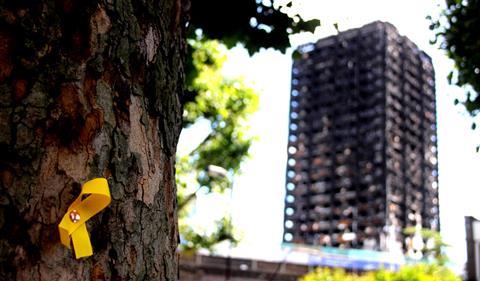Leaseholders do not have control over insurance price hikes for high-rise buildings - in some instances, this has increased from £12,000 to £180,000
Significant price hikes in insurance are leaving leaseholders in high-rise buildings held ”captive”.
This is because leaseholders have a lack of agency over the insurance price they pay and for this reason, they should be deemed “vulnerable customers” as they do not have a choice.
Speaking during an interview with TV and radio presenter Shelagh Fogarty at LBC Global, Matt Hodges-Long, chief executive of TrackMyRisks and founder and chief executive of not-for-profit organisation Building Safety Register said that the impact of this 100% to 200% increase on leaseholders’ premiums is both ”emotionally and financially ruinous”.
Hodges-Long is now calling for a “more open dialogue” between the government and leaseholders, and for the FCA to take a closer look at insurance distribution in block management, as well as whether these “vulnerable customers” are being treated fairly.
Insurance prices have increased significantly in reaction to the Grenfell Tower fire, meaning that some residents cannot pay the revised prices.
According to the UK Cladding Action Group, insurance price increases can move from £12,000 to £180,000, from £40,000 to £235,000, or from £75,000 to £650,000.
Hodges-Long described leaseholders as being held “captive”, as the failure to pay insurance premiums would remove the residents’ rights to occupy the building, meaning that cover is therefore a forced purchase and customers are, in turn, running a “personal and financial risk”.
This follows the Housing, Communities and Local Government Select Committee scrutinising the policy, administration and spending of the Ministry of Housing, Communities and Local Government earlier this week.
Tsunami
Hodges-Long has done a lot of work to try and reverse engineer why there are price increases, but admits that some increases can be explained while others cannot.
He said: “The first thing is we need to understand the risk properly if we are going to look at insurance specifically.
”Our contention is that customers in apartments with building safety issues – some of [which are] unknown - are vulnerable. They don’t have any control over the insurance buying process so effectively they are a forced customer.”
Listing the hurdles for leaseholders, he included the ESW1 form, insurance hikes and remediation from the government, as well as the draft Building Safety Bill.
He added that “this tsunami is accelerating still; we haven’t reached the point where we are slowing down the other side. We have a government approaching it with a peace-time response and what we want is a crisis response with proper urgency to start intervening and dealing with some of these key issues”.

Hosted by comedian and actor Tom Allen, 34 Gold, 23 Silver and 22 Bronze awards were handed out across an amazing 34 categories recognising brilliance and innovation right across the breadth of UK general insurance.







































No comments yet